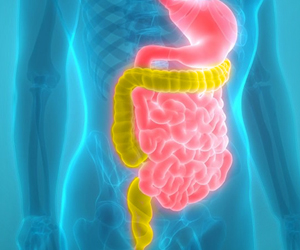
Marmosets on track for obesity appeared to be more efficient in their feeding behavior. "Although all animals consumed the same amount of liquid, the ones taking in more on each lick were the ones that later became obese," said Corinna Ross, Ph.D., lead author of one of the studies. Dr. Ross is instructor of cellular and structural biology in the School of Medicine of the Health Science Center and is based in the Barshop Institute for Longevity and Aging Studies.
Model of early life obesity
"With its small size and early maturation, we think the marmoset is going to be an exceptionally good model of early life obesity and offers many opportunities to further explore why youngsters become obese and what interventions may work to counteract early life obesity," said senior author Suzette D. Tardif, Ph.D., associate professor of cellular and structural biology in the School of Medicine and director of the marmoset research program at the Barshop Institute. The studies were conducted at the Southwest National Primate Research Center in San Antonio.
In previous studies, Dr. Tardif found that obesity patterns begin just 30 days after birth in the marmosets. A 30-day-old marmoset infant is the equivalent of a 5- to 8-month-old human infant. At 6 months of age, a marmoset is as old as a juvenile child before puberty. At a year old, the small non-human primate is the equivalent in age of a human adolescent.
The team monitored marmoset infant behaviors seven days a week to precisely document when each infant was weaned and ate its first solid food, Dr. Ross said. The team also observed 16 hours of liquid feeding using a device called a lickometer, as well as solid food feeding when the animals reached 3, 6 and 12 months old. Lickometer feeding mimics the way marmosets lick from sources in the wild, Dr. Ross said.
Advertisement
Source-Eurekalert















